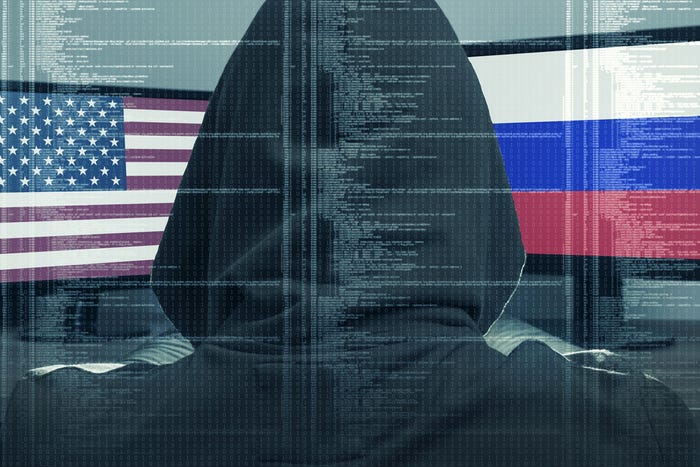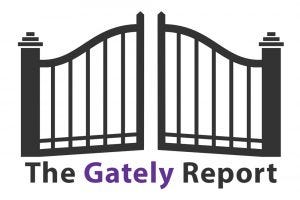Sanctions against Russia bring new cyber threats to businesses.

Barracuda Networks is keeping an eye out to make sure MSPs and their customers aren’t negatively impacted by any cybersecurity threats associated with Russia invading Ukraine.
 That’s according to Neal Bradbury, senior vice president of Barracuda MSP. Barracuda has improved its MSP cybersecurity offering with new capabilities to help MSPs build advanced security services for their customers.
That’s according to Neal Bradbury, senior vice president of Barracuda MSP. Barracuda has improved its MSP cybersecurity offering with new capabilities to help MSPs build advanced security services for their customers.
Last year, Barracuda acquired Skout Security to enter the fast-growing extended detection and response (XDR) market. It has now integrated Barracuda Email Protection with Skout Managed XDR. This enables Barracuda MSPs to provide their customers with email cybersecurity capabilities within the Skout XDR platform.
In addition, a new alliance with SentinelOne provides both Barracuda Skout Managed XDR and Barracuda remote monitoring and management (RMM) with additional endpoint protection functionality. MSPs can now buy and use the SentinelOne solution with Barracuda’s Managed XDR service.
Addressing MSPs’, Customers’ Concerns
In a Q&A, Bradbury gives an update on how Barracuda helps MSPs address their customers’ evolving cybersecurity needs.
Channel Futures: Now that Russia has invaded Ukraine, is that impacting Barracuda, its partners and their customers? Are there any precautions in place?

Barracuda MSP’s Neal Bradbury
Neal Bradbury: We are continually watching 24/7 with the security operations center (SOC) to stay vigilant, and make sure that we are protecting our MSPs and our customers under our MSPs. If something was to happen or we started to see increased activity, it would allow us to respond. An example would be log4j. We started to get a lot of requests of, what does this mean and what do we do? So you started to see the SOC response to those type of requests to educate the MSPs and help them look to see if anything was vulnerable, and help them through that. Unfortunately, what’s happening in our world with Russia and Ukraine, if something does happen and you start to see some increased activity, the solutions are designed to be able to help and compensate accordingly.
Scroll through our slideshow above for more from Barracuda and more cybersecurity news.
Want to contact the author directly about this story? Have ideas for a follow-up article? Email Edward Gately or connect with him on LinkedIn. |
About the Author(s)
You May Also Like


